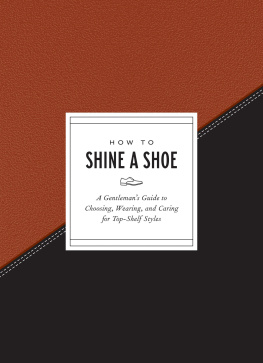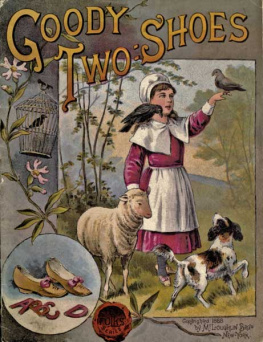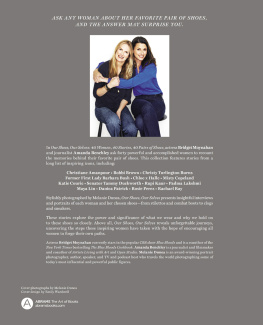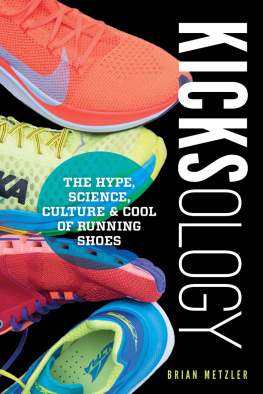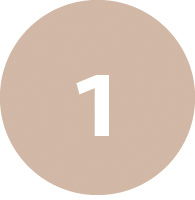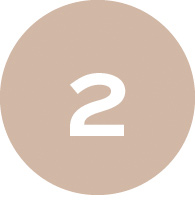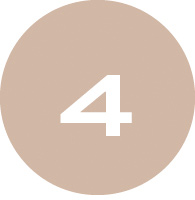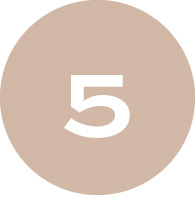Contents
Landmarks
Print Page List
Thank You
A world of thanks to everyone who had a hand (or foot) in making this book happen: Angelin Borsics, Ian Dingman, Danielle Deschenes, Robert Siek, Kevin Garcia, Ryan Jin, David Coggins, Dan Rookwood, Aaron Levine, Byron and Dexter Peart, Eric Jennings, Danny and the team at Mr Porter, Paul at PRC, David and Blake, Francesca at Zoi, my parents, and the wonderful staff at Mortimer House.
ABOUT THE AUTHOR AND ILLUSTRATORS
STEVE DOOL is a writer and brand consultant. His work has appeared in the New York Times, GQ, Esquire, and Vanity Fair, and on CNN and Fashionista.com. He is the former Style Editor of Complex Magazine. Hailing from New York, Steve now resides in London. Hes never met a loafer or a plain white sneaker he didnt like.
BILL BRAGG is an artist and illustrator who can usually be found draw-ing in his East London studio wearing a pair of beaten up Vans surrounded by pencil shavings (although he has been known to dust off a pair of brown oxford brogues for special occasions). He graduated from the Royal College of Art in 2005 and is a co-founder of the art collective and magazine LE GUN. He won the V&A Editorial Illustration Award in 2016 and his illustrations regularly appear in The Guardian, the New York Times, and The New Yorker.
TOBATRON is an illustrator born and raised in London. He is a regular contributor to publications such as The Guardian, The Times, Esquire, and The Independent. In 2017 he was awarded the World Illustration Award. Unfortunately he spent much of the 1990s wearing Reebok Classics or crap black loafers from Mr Byrite on Wood Green High Road.
RESOURCES
Want to know more? Here are other people and places to help you become a modern footwear master.
Stores
THE ARMOURY
Hong Kong and New York
thearmoury.com
BARNEYS NEW YORK
locations across the USA
barneys.com
BODEGA
Boston and Los Angeles
bdgastore.com
CONCEPTS
Boston, New York, and Dubai
cncpts.com
LAPSTONE & HAMMER
Philadelphia
lapstoneandhammer.com
LEFFOT
New York
leffot.com
LEVEL SHOES Dubai
levelshoes.com
LIBERTY
London
libertylondon.com
MATCHES
online
matchesfashion.com
MR PORTER
online
mrporter.com
NORDSTROM
locations across the USA
nordstrom.com
SELFRIDGES
locations across the UK
selfridges.com
STADIUM GOODS
New York
stadiumgoods.com
Required Reading
ESQUIRE
esquire.com
GQ
gq.com
HIGHSNOBIETY
highsnobiety.com
THE JOURNAL
mrporter.com/journal
OFF DUTY DAILY
blogs.wsj.com/offduty
PUT THIS ON
putthison.com
THE SHOE SNOB
theshoesnobblog.com
SOLE COLLECTOR
solecollector.com
Instagram
@complexsneakers
@fabioattanasio
@menshoes
@menwithfootwear
@shortofshoes
@stevecalder
@streetetiquette
@theshoesnob_official
To a certain extent, its possible to identify a quality pair of shoes without knowing what went into making them, in the same way you can tell a decent glass of wine from a $4.99 bottle without knowing a thing about top notes and terroir. A lot of the work is done by trusting your intuition and applying a little common sense. But understanding the name and function of each component that forms your footwear is key to appreciating the craftsmanship that goes into each pair. How a shoe is madeand, specifically, how well its madeis often the most important differentiating factor that justifies its price at retail and, therefore, informs smart buying decisions. After all, you would be more willing to spend more money on a pair of shoes that is built to last, right?
You already probably know the basics of footwear fundamentals: the tongue, the sole, eyelets, the heel. In some cases, there isnt much more than that, and, depending on the style of shoe in question, there may be even less. To that end, lets discuss a list of different footwear parts, from topline to nitty-gritty.
ANATOMY OF A SHOE
Here are all the basic parts you need to know.
SOLE
The sole is, yes, the bottom portion of your shoe. Its the foundation, if you will, and is often the part that bears the brunt of the wear and tear, since it makes contact with the street, or, if your date is so lucky, the dance floor. On sneakers, the sole is almost always rubber, but for shoes, its common to find it crafted from leather, which is traditionally considered more formal. Typically, a leather sole is made from layers of the material; as you would assume, the more layers, the more durable the shoe is, generally speaking. If you want to break it down further, the portion of the sole that makes contact with your foot is called the insole, and the portion that makes contact with the outside world is the outsole.
HEEL
The back portion of the shoe, attached to the sole on the underside, is called the heel. It can be crafted from stacked pieces of leather or from rubber, and it largely determines how much added height the shoe gives the wearer. The front of the heel is sometimes called the breast. If there is another piece of material attached to the heel, over where it would otherwise connect with the ground, that is called a top piece.
LACES
As long as they match the color of the shoe, why should laces even matter? Well, you do actually have some options to consider beyond that. Most formal shoelaces are made from cotton that has been coated in wax for extra durability. They can be rounded or flatif forced to choose, rounded laces are a safe bet. If you do opt for flat, keep them thin; fat and flat might end up looking too casual, like sneaker laces. Also, check the length. If the laces are too long when tied, youll end up stepping on them. Thirty-one-inch laces should put you in a good place.
UPPER
The upper is, as the name suggests, the part of the shoe above the welt or sole. Essentially, its what covers the top and sides of your foot. It can be broken down in several different sections:
the vamp: the front to middle section of the upper
the quarter: the back portion of the upper
the heel cup: in some cases, there is an additional patch of material sewn to the front or back of the shoe, which can be decorative or designed to strengthen those sections
toe cap: the front of the upper, which is not to be confused with the toe box, the name for the shape the front of the shoe takes
TONGUE
You know where the tongue is, but do you know why its there? Primarily, its a gentle barrier that provides your foot with extra comfort against the friction of the laces. It also makes it easier to put the shoe on.

